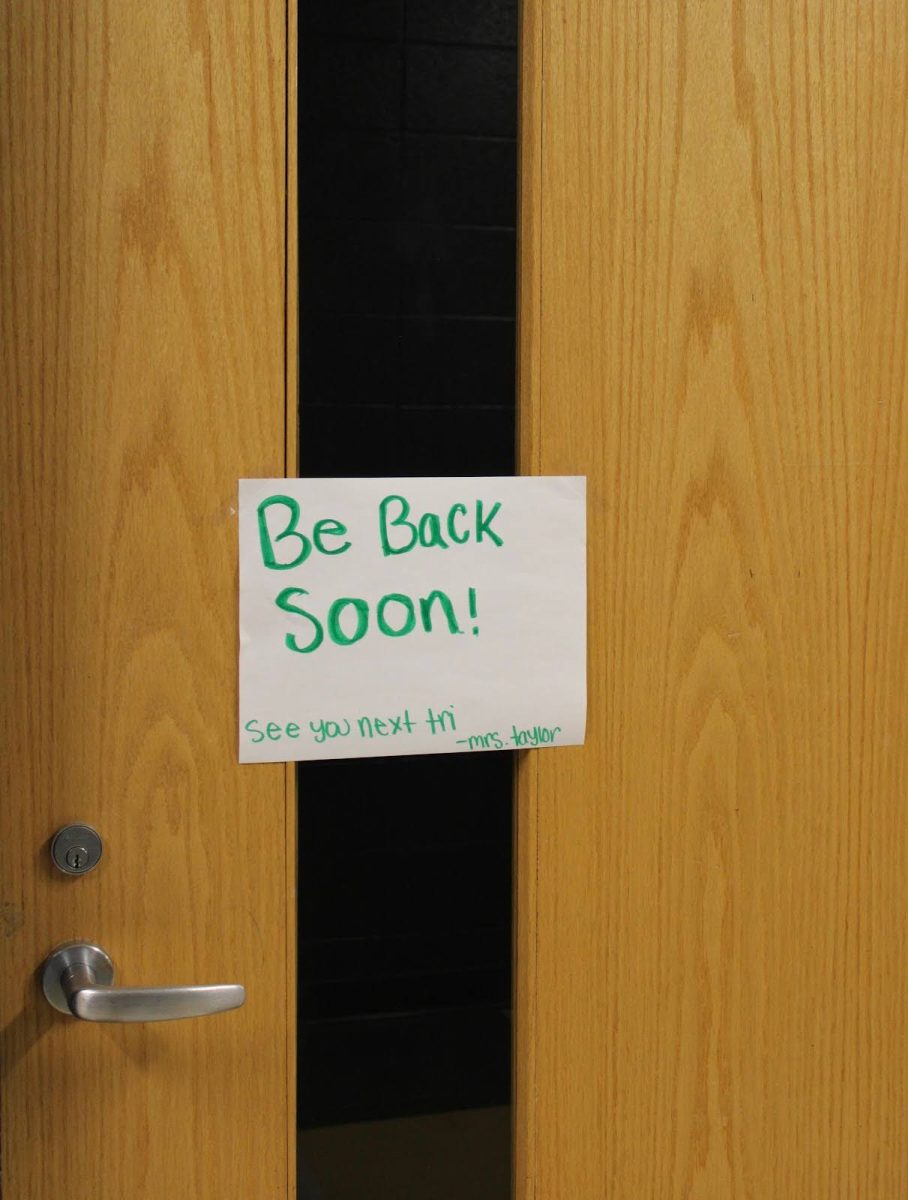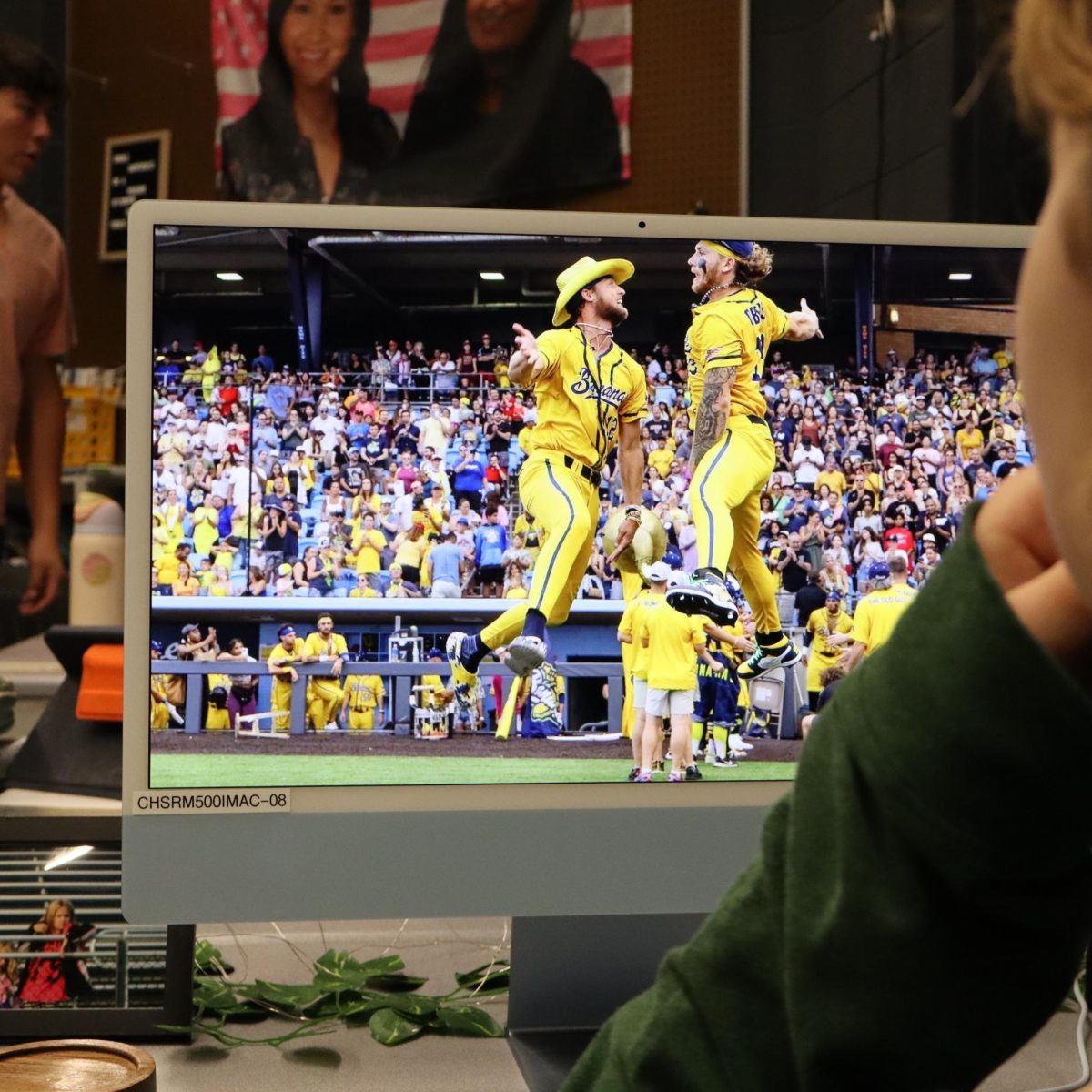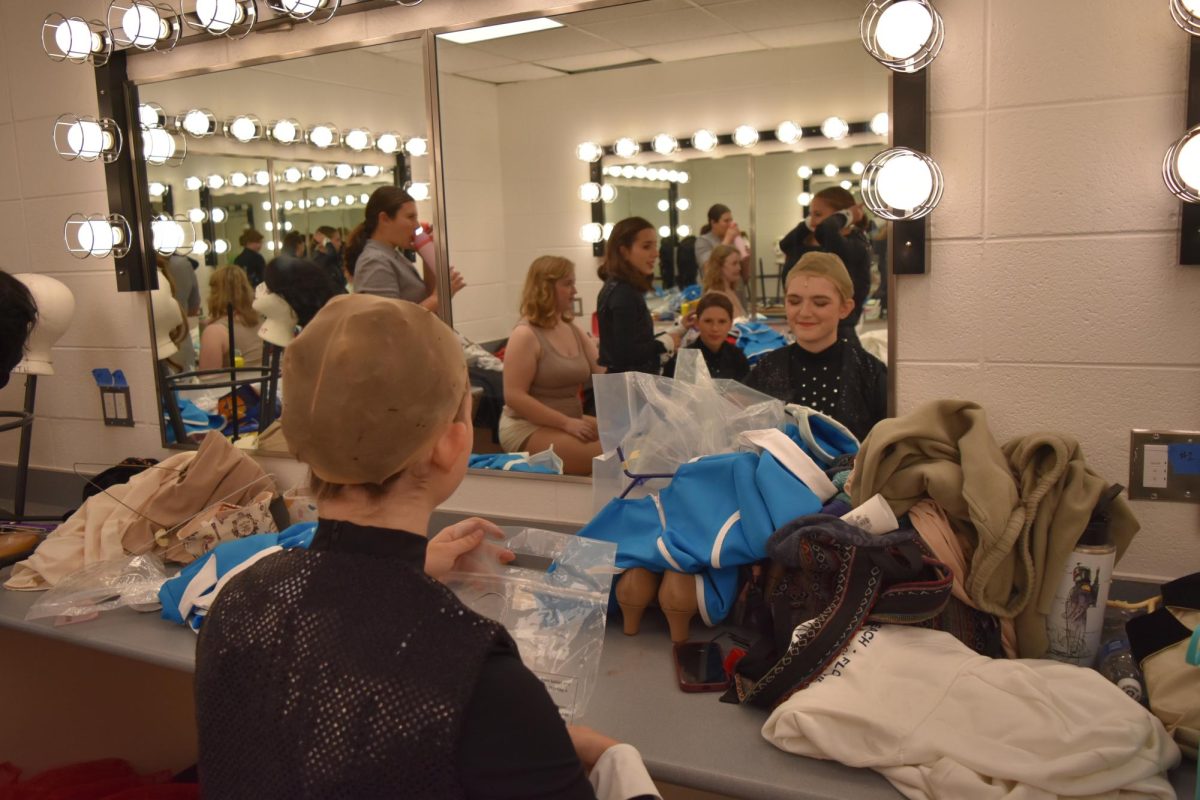Pregnancy, personal, professional, and many other reasons a teacher might go on leave for a trimester. These absences can impact students as they navigate the transition between long-term subs and their given teacher.
“In chemistry last year, I had Mrs. Timberlake for Mrs. Taylor, and this year I had Mrs. Rickli for physics,” junior Taya Hall said. “It was hard because all three teachers taught really differently, so I had to adjust to new structures a lot.”
Every teacher brings their own style and structure to the classroom, whether it’s grading, assignments, time management, etc. Every teacher operates differently, leaving students to navigate and adjust to each one’s different teaching techniques
“Mrs. Rickli was a little more lenient with grading, with our pulse checks, if it was a new concept, she would bump us up to 100%,” junior Matt Mattson said. “But I also like how tough Mrs. Taylor can be because I feel like it gives me a more accurate grade of my work.”
Grading styles can significantly impact a student’s sense of achievement and understanding. While some students prefer a lenient track, others find stricter grading standards to be more beneficial. The adjustment to the change in grading often requires students to shift their structure when transitioning back to their regular teacher.
“I heard a lot of people said the transition back to Mrs. Johnson from Mr. Brown was harder,” senior Remi Kint said. “I didn’t think it was that drastic, you just had to pay attention and put more effort into your work because it was graded more to scale with Mrs. Johnson.”
While the shift between teachers may be easier or harder depending on how each student learns, it’s not as much about who is teaching, but how both teachers are able to offer the support and structure students need to succeed.
“The help I receive is always consistent. I felt supported and encouraged to do my best by both of my physics teachers,” Mattson said.














